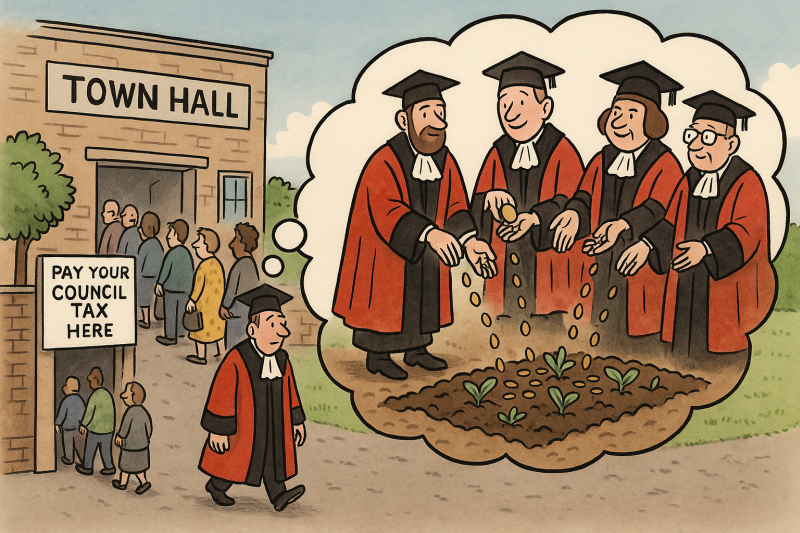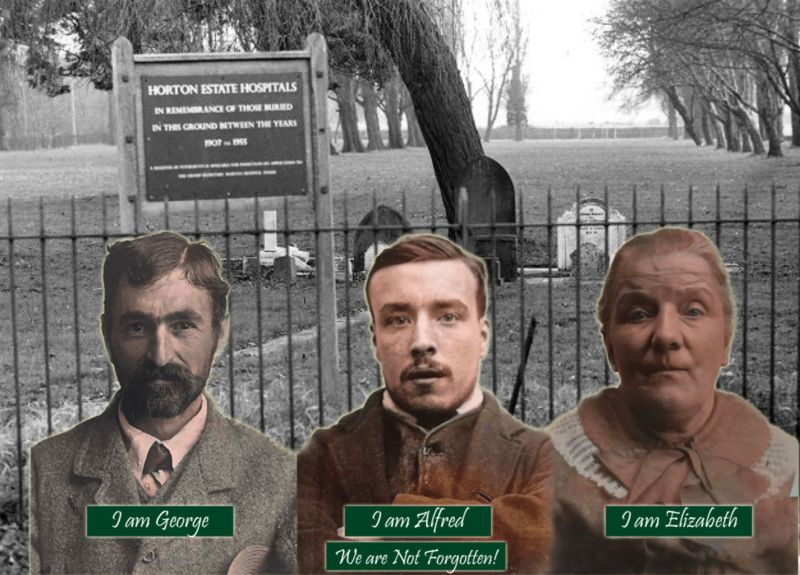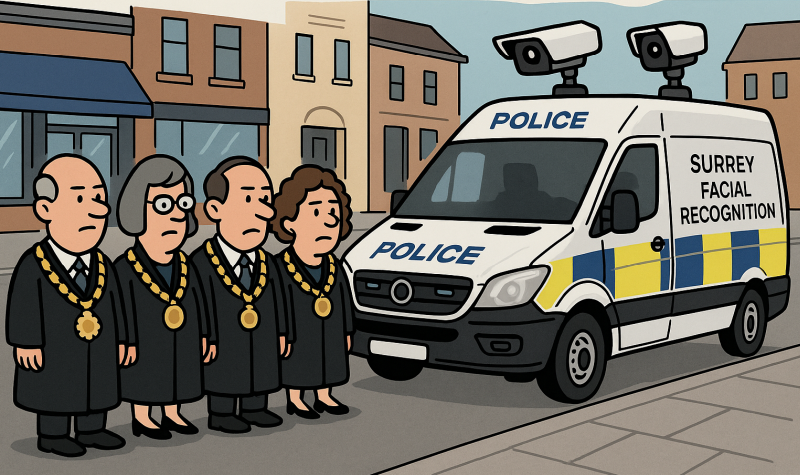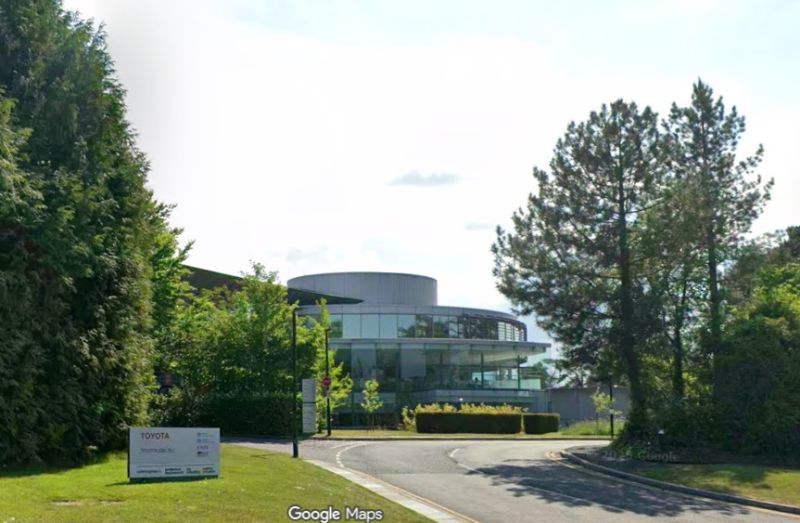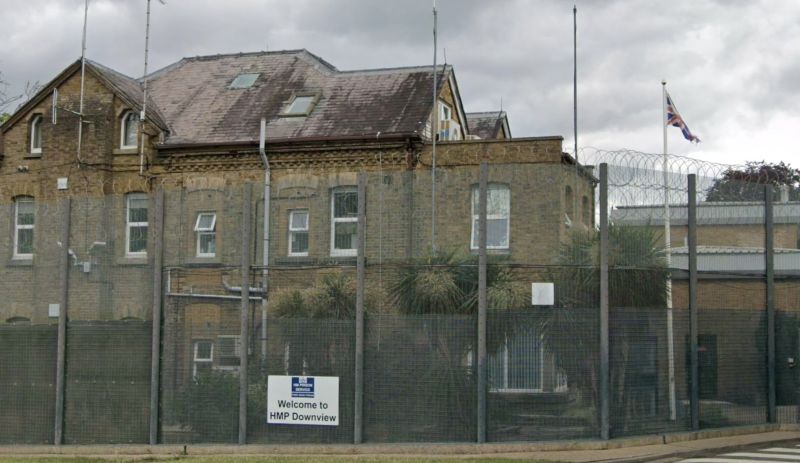Epsom and Ewell Borough Council response to Historic England’s Report on local heritage
Councillor Peter O’Donovan, (RA Ewell Court Ward) Chair of the Licensing & Planning Policy Committee
Epsom & Ewell first came to prominence as a destination town in the early seventeenth century with the discovery of Epsom Salts within the borough. Visitors came from London and further afield to ‘take the waters’. Epsom became known to merchants and royal visitors alike as a place of relaxation, sport and leisure, perhaps most famous even now as being the home of the Epsom Derby. The town was first granted Market Town status by Royal Charter in 1865, and Epsom market has been a defining focal point for the bustling town for hundreds of years, watched over by the historic landmark Epsom clocktower which is owned by Epsom & Ewell Borough Council and restored in 2019.
Our local heritage is integral to our unique local character. Across the borough there are around 300 buildings listed on the National Heritage List including Bourne Hall in Ewell, listed for its “striking design, …space-age flair and the generous, top-lit principal interior space”, Ewell Court House, a little altered Grade II late Victorian house built in the Jacobean style with wonderful period plasterwork and joinery, set in beautiful grounds with flowerbeds, walks and lake: and the Grade II* listed Assembly Rooms in Epsom which are the earliest known surviving building of this type in England.
There are 21 designated Conservation Areas in the borough. For each of these areas of special architectural or historic interest the council publishes an outline of the area’s special interest and proposals for its preservation and enhancement, which can be found here: Conservation Areas | Epsom and Ewell Borough Council.
Horton Conservation Area
Horton conservation area isone of a group of conservation areas put in place to protect the Victorian psychiatric asylum buildings in Epsom, which became redundant in the 1990s. Horton chapel is a grade II listed building which opened in 1901 as a place of worship for the patients and staff in the surrounding hospital buildings. It was empty and in a state of disrepair for many years, but was recently restored and reopened as the Horton Arts Centre, using funding from the National Lottery Heritage Fund and several other funds, including £1.46m (s106 developers’ funds) allocated by Epsom & Ewell Borough Council.
This is an example of heritage that was at risk of dilapidation, but for which a vibrant new use has been found. Historic England have been asked to remove the entry from their Heritage At Risk Register as the building and area are no longer at risk.
Epsom Town Centre Conservation Area
Epsom Town Centre Conservation Area extends from South Street and West Street, along the High Street, and along part of Upper High Street at the eastern end. The architecture of the area represents the history of the town centre and its development from a spa town in the 17th century to the present day with many interesting historic buildings, some of which are listed, and all of which are protected by their conservation area status.
Historic buildings are mainly owned by private owners, so controls are set by the government and the council to ensure that they are conserved in a manner that will ensure their survival and enjoyment for present and future generations.
- To protect the conservation area, listed buildings in Epsom town centre must apply for Listed Building Consent for alterations (including internal alterations) and other buildings must apply for planning permission for external alterations.
- To help owners and businesses understand the historic character of the conservation area, the council has also produced a conservation area appraisal, which sets out the important historic features and buildings that should be looked after to protect the character of the conservation area.
- The council has recently published its Town Centre Masterplan which aims to compliment and protect the Town Centre conservation area. The first principle of the plan is to adopt “a context-led design approach to guide the development, regeneration and repair of the town centre. Having particular regard to the impact of building heights, building design, materials and land uses will ensure new development contributes to an improvement in the quality of the town centre.”
- The council is also working to improve the appearance of the area by controlling development and seeking to improve the appearance of the buildings and shopfronts, as well as taking enforcement action where unauthorised works have taken place. Those considering making changes to their buildings are advised to seek advice from the planning service before undertaking the works. The council runs a pre-application advice scheme that can be used to find out whether changes might or might not be acceptable prior to making an application.
As these measures demonstrate, the council works in range of ways that are within its control to protect the borough’s local heritage and conservation areas.
In 2023, Epsom & Ewell Borough Council participated in a Local Heritage List Project with Surrey County Council, funded by the government’s ‘Build Back Better’ initiative in association with Historic England. We are in the process of finalising the assets on our local heritage list in 2024/25 following consultation. The list will include those assets most valued by our local communities.
You can find out if a building is statutorily listed, locally listed or in a conservation area by using our online mapping system.”
Further information:
https://historicengland.org.uk/advice/heritage-at-risk
https://historicengland.org.uk/listing/the-list/list-entry/1232459?section=official-list-entry
https://www.epsom-ewell.gov.uk/conservation-areas (opens the Hospital Cluster Conservation Area Appraisal)


